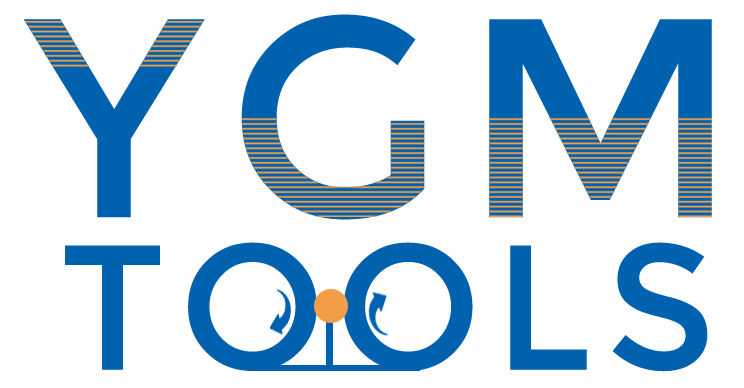
-
 Afrikaans
Afrikaans -
 Albanian
Albanian -
 Amharic
Amharic -
 Arabic
Arabic -
 Armenian
Armenian -
 Azerbaijani
Azerbaijani -
 Basque
Basque -
 Belarusian
Belarusian -
 Bengali
Bengali -
 Bosnian
Bosnian -
 Bulgarian
Bulgarian -
 Catalan
Catalan -
 Cebuano
Cebuano -
 Corsican
Corsican -
 Croatian
Croatian -
 Czech
Czech -
 Danish
Danish -
 Dutch
Dutch -
 English
English -
 Esperanto
Esperanto -
 Estonian
Estonian -
 Finnish
Finnish -
 French
French -
 Frisian
Frisian -
 Galician
Galician -
 Georgian
Georgian -
 German
German -
 Greek
Greek -
 Gujarati
Gujarati -
 Haitian Creole
Haitian Creole -
 hausa
hausa -
 hawaiian
hawaiian -
 Hebrew
Hebrew -
 Hindi
Hindi -
 Miao
Miao -
 Hungarian
Hungarian -
 Icelandic
Icelandic -
 igbo
igbo -
 Indonesian
Indonesian -
 irish
irish -
 Italian
Italian -
 Japanese
Japanese -
 Javanese
Javanese -
 Kannada
Kannada -
 kazakh
kazakh -
 Khmer
Khmer -
 Rwandese
Rwandese -
 Korean
Korean -
 Kurdish
Kurdish -
 Kyrgyz
Kyrgyz -
 Lao
Lao -
 Latin
Latin -
 Latvian
Latvian -
 Lithuanian
Lithuanian -
 Luxembourgish
Luxembourgish -
 Macedonian
Macedonian -
 Malgashi
Malgashi -
 Malay
Malay -
 Malayalam
Malayalam -
 Maltese
Maltese -
 Maori
Maori -
 Marathi
Marathi -
 Mongolian
Mongolian -
 Myanmar
Myanmar -
 Nepali
Nepali -
 Norwegian
Norwegian -
 Norwegian
Norwegian -
 Occitan
Occitan -
 Pashto
Pashto -
 Persian
Persian -
 Polish
Polish -
 Portuguese
Portuguese -
 Punjabi
Punjabi -
 Romanian
Romanian -
 Russian
Russian -
 Samoan
Samoan -
 Scottish Gaelic
Scottish Gaelic -
 Serbian
Serbian -
 Sesotho
Sesotho -
 Shona
Shona -
 Sindhi
Sindhi -
 Sinhala
Sinhala -
 Slovak
Slovak -
 Slovenian
Slovenian -
 Somali
Somali -
 Spanish
Spanish -
 Sundanese
Sundanese -
 Swahili
Swahili -
 Swedish
Swedish -
 Tagalog
Tagalog -
 Tajik
Tajik -
 Tamil
Tamil -
 Tatar
Tatar -
 Telugu
Telugu -
 Thai
Thai -
 Turkish
Turkish -
 Turkmen
Turkmen -
 Ukrainian
Ukrainian -
 Urdu
Urdu -
 Uighur
Uighur -
 Uzbek
Uzbek -
 Vietnamese
Vietnamese -
 Welsh
Welsh -
 Bantu
Bantu -
 Yiddish
Yiddish -
 Yoruba
Yoruba -
 Zulu
Zulu
Flat Die Thread Rolling Machine Maintenance and Support Services for Optimal Performance
Introduction to Flat Die Thread Rolling Machine Service
In the manufacturing world, precision and efficiency are of utmost importance. One of the key players in achieving these goals is the flat die thread rolling machine. This specialized equipment is designed to create threads on various materials, particularly metals, through a process known as thread rolling. Understanding the service and maintenance of these machines is essential for any manufacturing operation looking to enhance productivity and maintain high-quality standards.
What is Flat Die Thread Rolling?
Flat die thread rolling is a cold forming process that creates external threads on cylindrical workpieces without cutting. This method utilizes two flat dies which have the desired thread profile. As the workpiece is passed through these dies, the material deforms and takes the shape of the dies, forming threads. This process is highly efficient as it can produce uniform and precise threads while also strengthening the material due to work hardening.
Importance of Machine Service
Like any industrial equipment, flat die thread rolling machines require regular servicing to ensure they run optimally. Proper maintenance not only extends the life of the machine but also ensures safety and reliability in production. Scheduled servicing can help identify potential issues before they lead to equipment failure, thus avoiding costly downtime.
Key Components of Service
When it comes to servicing flat die thread rolling machines, there are several critical aspects to consider
1. Regular Inspections Conducting routine inspections of the machine can help identify wear and tear on essential components such as the dies, bearings, and gears. This proactive approach allows for timely replacements and repairs, preventing more significant issues down the line.
flat die thread rolling machine service

2. Lubrication Lubrication is vital in any mechanical system. Ensuring that all moving parts are adequately lubricated reduces friction and wear, improving the performance and lifespan of the machine. It also helps in maintaining the quality of the produced threads by minimizing defects.
3. Alignment Checks The alignment of the dies and the workpiece is crucial for accurate thread formation. Periodic alignment checks should be carried out to ensure that the dies are correctly positioned, thus ensuring uniform thread quality and preventing unnecessary strain on the machine components.
4. Calibration Over time, machines can deviate from their original settings. Regular calibration of the thread rolling machine ensures that it operates within specified parameters, producing threads that meet exact dimensions and tolerances.
5. Cleaning Dust and debris can accumulate in machines over time, affecting performance. Keeping the machine clean not only extends its life but also enhances the quality of the threads produced, as contaminants can lead to defects.
Choosing a Service Provider
When selecting a service provider for a flat die thread rolling machine, it is essential to consider their experience and expertise in the field. A reputable provider will offer comprehensive services, including routine maintenance, emergency repairs, and technical support. They should be familiar with the specific make and model of your machine and have access to genuine replacement parts.
Conclusion
The flat die thread rolling machine plays a vital role in various manufacturing processes, producing high-quality threads efficiently. Regular servicing and maintenance of these machines are essential to maintain their operational effectiveness and prolong their life. Investing in quality service not only minimizes downtime but also ensures that the produced threads meet the stringent quality standards expected in today’s competitive market. By understanding the importance of proper maintenance and aligning with experienced service providers, manufacturers can significantly enhance their productivity and overall product quality.
